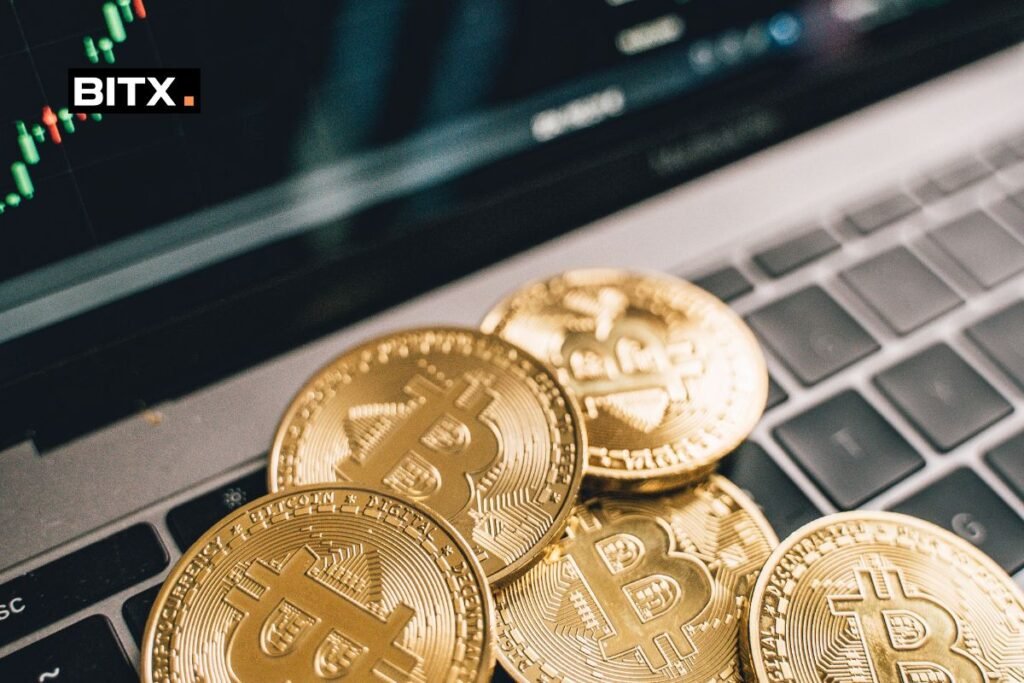Introduction
In the world of cryptocurrency, Bitcoin (BTC) remains the undisputed giant, but there’s a whole universe beyond it. This universe is inhabited by altcoins, which are cryptocurrencies other than Bitcoin. This comprehensive guide aims to provide potential investors with an understanding of altcoins, their origins, types, and how they function.
What are Altcoins?
Altcoins, a portmanteau of "alt" (short for alternative) and "coins," were the first cryptocurrencies to be created after Bitcoin. They can vary substantially from Bitcoin, having different algorithms, niches, and uses.
The Birth of Altcoins
The first altcoin, Namecoin, was created in 2011 by Viktor Dörrecti, as a decentralized DNS (Domain Name System) service designed to increase Internet censorship resistance. Since then, thousands of altcoins have been developed, each with its unique features and purposes.
Classifying Altcoins: By Function
-
Utility Tokens: These are tokens issued on the blockchain for specific projects or services. Examples include Ether (ETH) for the Ethereum network and Binance Coin (BNB) for the Binance exchange.
-
Security Tokens: These are digital assets that represent shares or other securities in a company. They are generally subject to regulations and are seen as a way to tokenize traditional assets.
- Stablecoins: These are cryptocurrencies designed to maintain a stable value, typically pegged to a fiat currency like the US dollar or gold. Examples include Tether (USDT) and DAI.
Classifying Altcoins: By Purpose
-
Privacy Coins: These are cryptocurrencies designed to provide enhanced privacy and anonymity to users. Examples include Monero (XMR) and Zcash (ZEC).
- Smart Contract Platforms: These platforms allow for the creation of Decentralized Applications (DApps) and programmable blockchains. Examples include Ethereum and Cardano (ADA).
Investing in Altcoins: Things to Consider
-
Research: Always do thorough research on the altcoin before investing. Understand its purpose, development team, and community.
-
Risk: Altcoins are highly volatile and carry a higher risk than Bitcoin. Be prepared for significant price swings.
- Diversification: Don’t put all your eggs in one basket. Diversify your portfolio to spread risk.
Conclusion
Altcoins represent a diverse and rapidly evolving sector of the cryptocurrency market. They offer unique opportunities for investment and innovation in various areas, from privacy and security to decentralized applications. As with any investment, it’s crucial to understand the risks and do thorough research before diving in.
